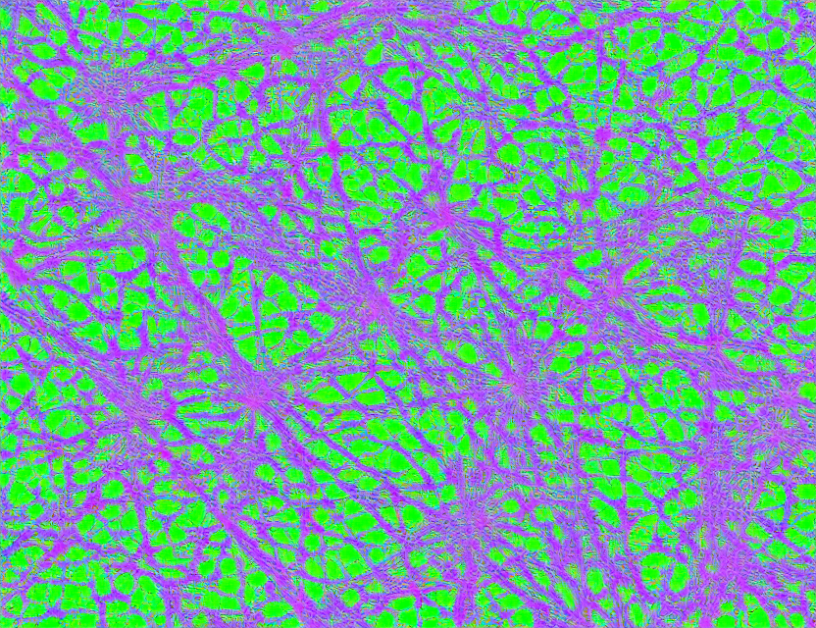In this study, researchers explored how random walks on complex networks can help understand the spread of information or influence through social connections. They considered three network types and analyzed how external factors affect the diffusion process. The findings showed that local navigation rules play a crucial role in biased random walks, and that memory has an impact on the dynamics of random walks on networks.
Introduction
Random walks are commonly used to model the spread of information or influence through social connections. In this study, researchers aimed to investigate how topologically-specific random walks can help understand this process on complex networks. They employed three network types and examined how external factors influence the diffusion process.
Concepts and Methods
To perform topologically-specific random walks on complex networks, researchers used three main concepts: node coverage, similarity networks, and local navigation rules. Node coverage refers to the proportion of a network that is visited by a random walker. Similarity networks were created by comparing the topological structure of the original network with itself at different time intervals. Local navigation rules determine how a random walker navigates through a network based on the connections nearby.
Experimental Results
The study presented experimental results on node coverage by uniformly random walks and demonstrated the effect of external fields on the diffusion process. The findings showed that local navigation rules play a significant role in biased random walks, particularly when considering memory effects.
Implications and Future Research
The study’s findings have important implications for understanding how information or influence spread through social connections in various contexts. Future research could explore the application of topologically-specific random walks to other complex network systems, such as transportation networks or biological networks. Additionally, investigating the impact of different external factors on the diffusion process could provide valuable insights into the dynamics of complex networks.
In conclusion, this study demonstrates how random walks can be used to better understand the spread of information or influence through social connections in complex networks. By considering topologically-specific random walks and local navigation rules, researchers were able to identify the role of memory effects on the diffusion process. These findings have important implications for understanding complex systems and could lead to new applications in various fields.



